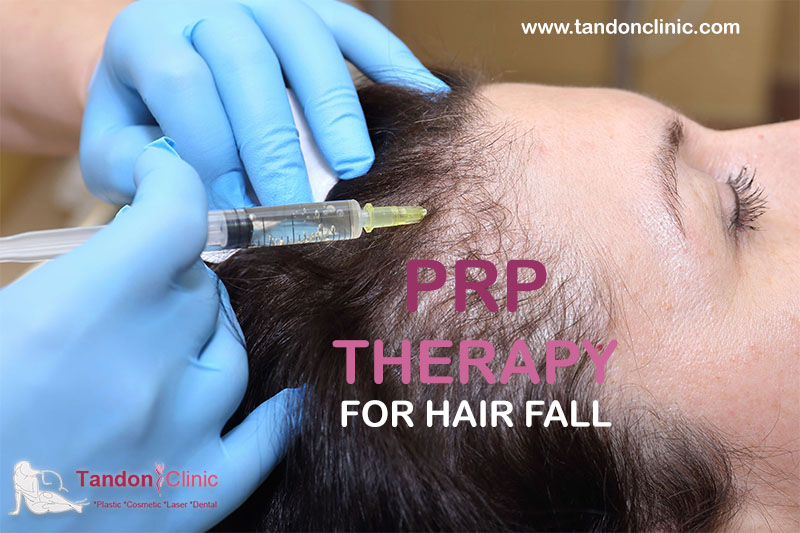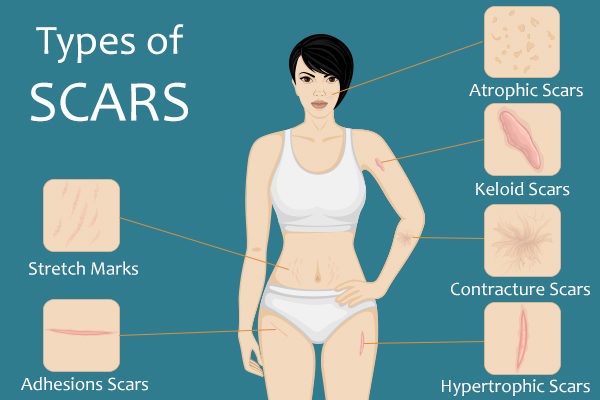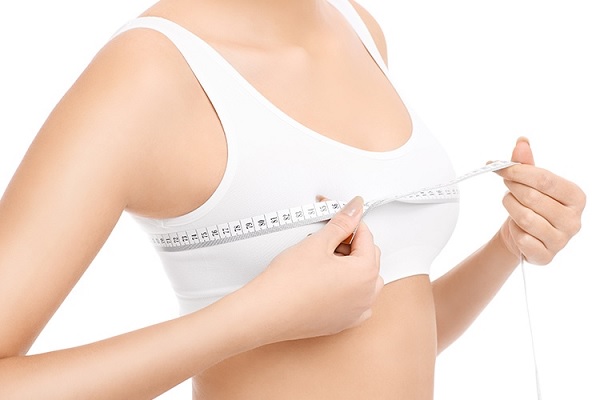Throughout this post we will try to solve the most frequent questions about abdominoplasty in Delhi that are usually asked in the consultation.
All these issues and others that we have should always be
discussed before this plastic surgery.
How long does the surgery take?
Approximately two to three hours.
It should be remembered that between the departure to the OT
and the return should not be taken as the duration of the surgery.
Therefore, what is the surgical procedure is this that we
indicate. It can take longer if combined with other procedures.
Can you use an epidural?
Abdominoplasty is usually done with general anesthesia,
although in moderate cases it could be done if circumstances allow it with
local anesthesia and sedation.
Being a long procedure, plastic surgeon in Delhi
recommend general anesthesia for both our comfort and that of the patient.
Are tummy tucks and liposuction the same?
The tummy
tuck in Delhi is intended to correct a loose abdomen. This
is the main objective, so a specific technique is used for it.
Sometimes it happens that in addition to flaccidity there is
excess fat. And that is when you have to resort to liposuction.
This is only used to eliminate excess fat, and
is not only practiced on the gut. It is also used in other parts of the
body such as double chin, arms or cartridge belts.
Abdominoplasty
in Delhi is the intervention that is performed when there is excess
skin and fat in the abdomen. A liposuction would aggravate the loss of
redundant skin over the pubis. The skin tone, the amount of fat and the
quality of the skin will make us recommend one or another intervention.
How is excess skin removed? Will the scar be
visible?
There are different techniques and this influences the
scar. The most common is a horizontal line that passes over the
pubic hair, and extends from one hip to the other. This shape has been
widely used with the use of the bikini, but currently we use a W-shape,
which is better adapted to the current fashion of underwear and swimsuits, and
leaves a better scar.
When the excess of tissues is great, the removal of
the skin of the lower abdomen is total, in this case a reimplantation of the
navel is carried out.
In cases where the defect is not very marked, a
lesser technique can be performed, called miniabdominoplasty,
with less skin resection and generally combined with liposuction in Delhi.
The application of one or the other depends on the characteristics of each
particular case.
If you have scars on the abdomen, can you have surgery?
If you have scars from previous operations and they
are in the lower half of the belly there is no problem, in fact they can be
removed during the operation. However, if they are located in the upper
half then abdominoplasty is contraindicated.
What risks does it have?
When it comes to surgery, the risks exist. Bleeding,
infection, and poor healing are some of the negative effects that can
occur.
Occasionally, seromas appear or a small piece of
skin is lost at the incision line. Very rarely, patients
experience abdominal pain that lasts longer than the usual period. In
other rare cases, blood clots form in the patient's legs.
Remember that this information is intended to help you make
an informed decision.
Before surgery, plastic
surgeon will indicate the complete series of risks. Although tummy
tuck is considered a very safe procedure, all decisions regarding this
surgery must be made carefully.
If you want to get pregnant again, can you have a tummy
tuck?
It is advisable that if you plan to have new pregnancies, you
do so before surgery.
Anyway, once operated, you can have more children although
the result of the intervention may be altered.
What requirements must the patient meet?
Most people who have become obese and then lost
weight often have a residue of skin and fat left on the abdomen.
Fortunately, this condition can be corrected with a tummy
tuck, which is a procedure that removes not only excess skin from the abdomen.
But also that of the flanks, on the sides of the waist, and excess skin in
the lower part of the abdomen.
Abdominoplasty is often recommended by plastic surgeon in Rohini after
pregnancy, too. And in those people who for various reasons have a flaccid
area and want to improve it.
What effect does tobacco have on the result?
Due to the great extension of the detachment and the
dimensions of the area that is normally practiced in this type of intervention.
It is important that smoking patients stop smoking at least three weeks
before the operation.
The reason for this is that tobacco causes an alteration
of the microcirculation that can seriously compromise the final result.
Will I be able to do sit-ups again?
One month after the surgery, you will be able to recover
normal physical activity. The incorporation of abdominals should be
gradual, like that of any other exercise.
Do lax or open abdominal muscles have a solution?
One of the muscular bands of the body is the so-called
“rectus abdominis”. Which is the area that allows us to carry out movements
such as the so-called “abdominals”.
Made up of two parts, these muscles are attached
from the sternal bone and ribs to the pubic bone, forming an internal
system that firmly supports the abdomen.
During pregnancy, these muscles separate to allow the baby
to grow. After birth, these muscles often remain separated.
Making it impossible to firm the lower abdomen with exercise, diet, or other
non-surgical means.
With abdominoplasty, this condition, called diastasis recti
abdominis, is treated by bringing the muscles back together and
restoring their strength and tone.
Is the scar from the abdominoplasty or dermolipectomy
large?
The scar from a tummy tuck depends on the patient, the
problem to be treated, the technique used and the quality of the skin.
The scar that remains will always be hidden by the clothing
or swimsuit chosen.
Will I have a lot of pain?
During the first days, the abdomen is swollen and
you will have some discomfort that is controlled with medication and
rest.
You will also have a limitation of mobility, which will be
prolonged in time. According to the magnitude of the muscular reinforcement and
to each patient in particular.
Does a tummy tuck remove stretch marks?
Stretch marks represent a big problem for many patients.
Depending on the distribution of the marks across
the abdominal skin, most if not all of them can be removed during a tummy tuck.
This is because the skin of the lower abdomen (the
exact place where stretch marks tend to concentrate) is removed during the
procedure.





